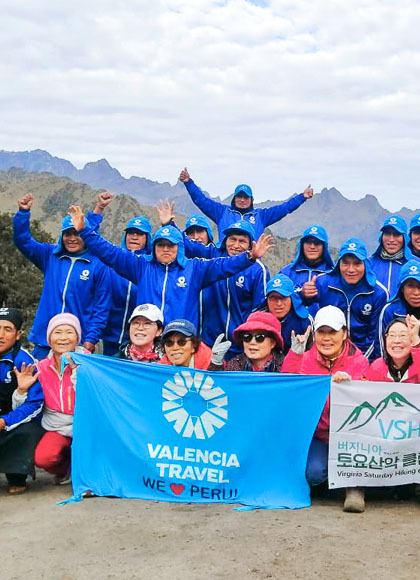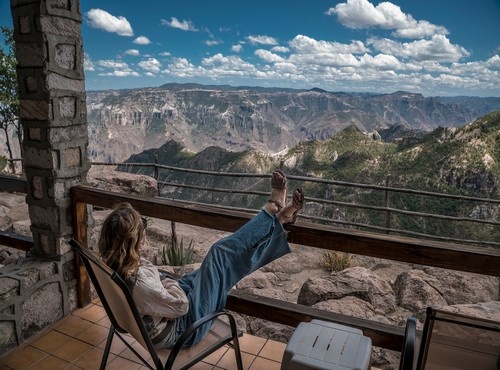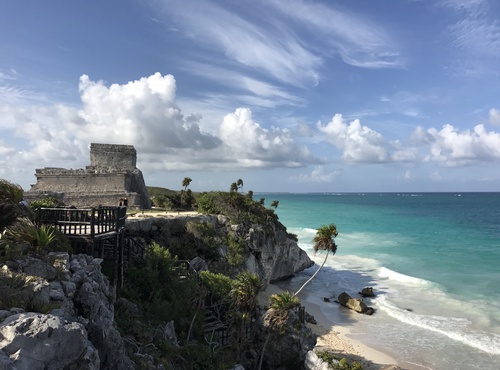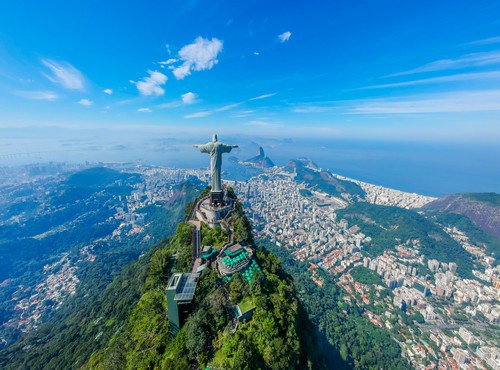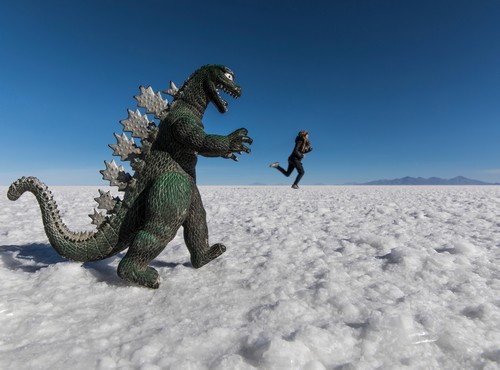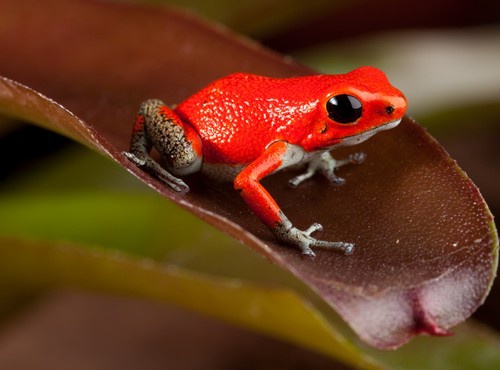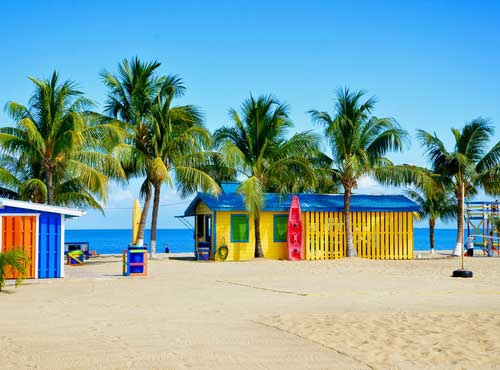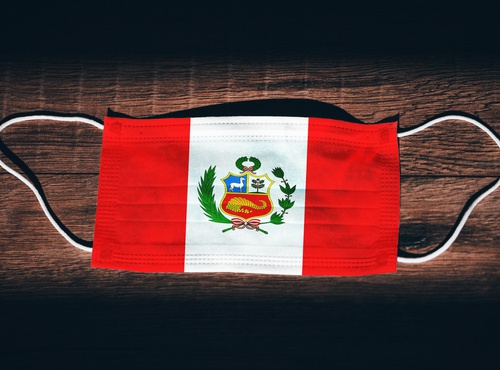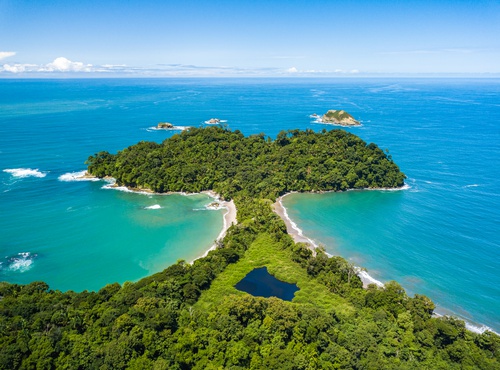
Written by:undefined undefined
Published: 23-08-2022
The perfect mix of adventure and history within the jungles of Belize. Ancient Mayan ruins galore, this historical and cultural tour will bring out the Indiana Jones in you! The archaeological sites visited on this tour are the most important along the Mayan Route through Belize and into Guatemala, with some must-visit areas to learn about the past and soak up the rich culture of beautiful Belize and Guatemala.
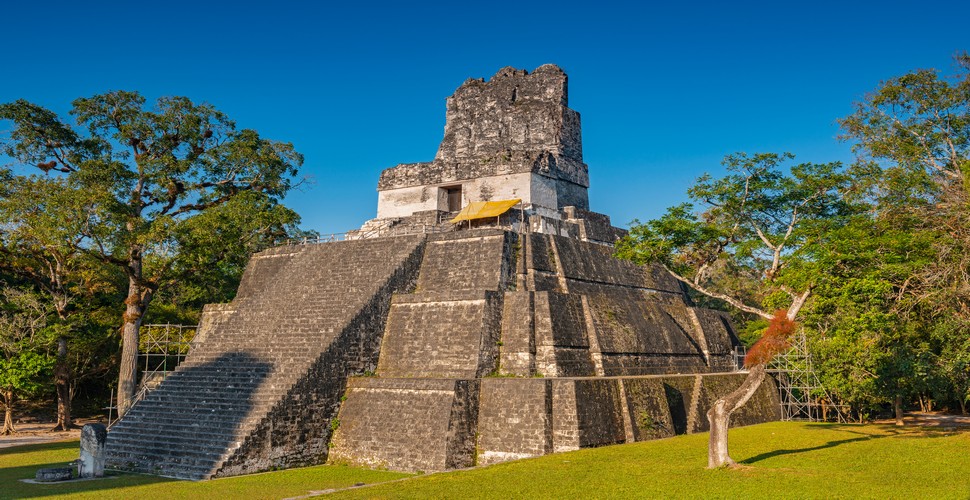
Tikal Guatemala
Xunantunich
The Xunantunich Mayan Ruins are one of the most important sites in Belize. In the Mayan language, Xunantunich means “Stone Maiden.” Since 1892, numerous people have claimed to have seen the Xunantunich ghost amid the ruins, with glowing red eyes and dressed entirely in white. The first explorations of the site began roughly the same time as the first ghost sightings by the British district commissioner of Cayo (San Ignacio), Thomas Gann. Ongoing excavations have revealed that Xunantunich probably played an essential role in the political power struggle of the Classical period.
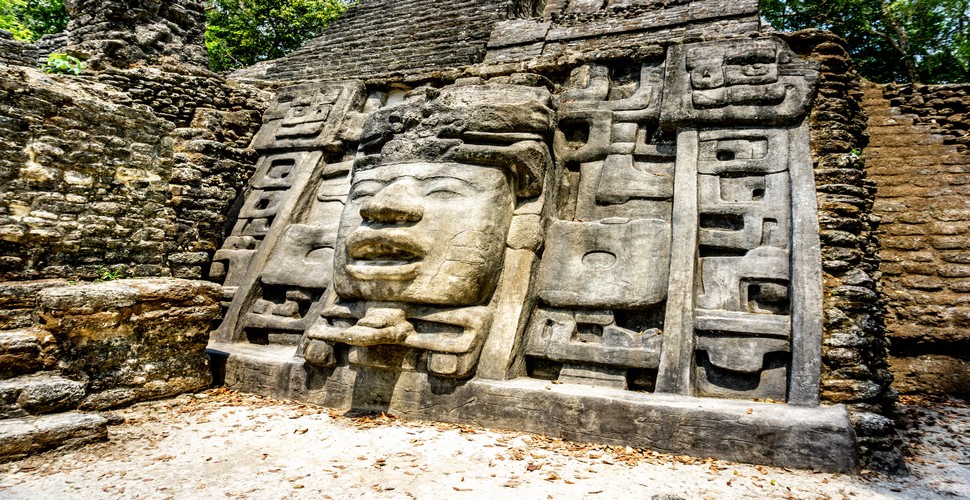
Xunantunich
Cahal Pech
Cahal Pech means “Place of the ticks,” and it’s one of Belize’s oldest archaeological sites. Dating from way back to 1200 B.C., it first functioned as a farm, then later as a hilltop home for an elite Mayan family. At the height of its occupation, around 15,000 people lived there, with most farmers living on the outskirts. The ruins are nowhere near as spread out as Xunantunich, so you can easily see everything within an hour. There are seven small plazas to explore and 30-odd Mayan structures, including temples, ball courts, a sweat house, and even a royal burial chamber. There’s something magical about wandering around thousand-year-old ruins and having every one of the structures to yourself. It makes it easier to sit and contemplate what the structures may have looked like back when tens of thousands of people would have called it home.
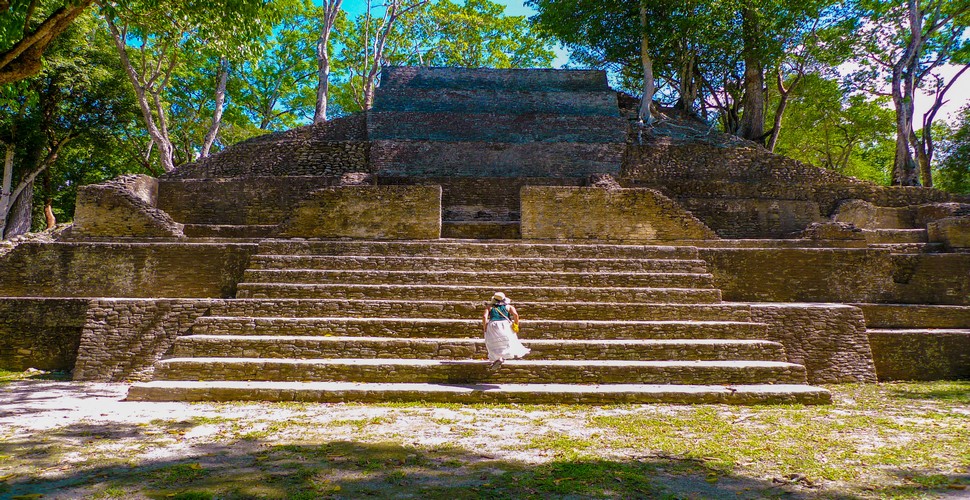
Cahal Pech
Caracol
Caracol could be your nirvana if you love off-the-been path adventures and history Caracol could be your nirvana. Belize has many Mayan archaeological sites; combined with scuba diving, snorkeling, and bird watching, exploring Mayan ruins is one of the best things to do in this Central American country.
Caracol is hands down one of Belize’s best-hidden gems. Once considered a tertiary city for the Mayans, we now know it to be an essential and dominant site in Mayan history. It is one of the most pristine and well-kept Maya sites in Belize. Caracol is the largest Mayan site in Belize; its unique agricultural field system and elaborate city planning make it an extraordinary place to visit. What you will witness at Caracol is just a sliver of what the ancient city once was, as most of Caracol is still waiting for excavation. In its heyday, Caracol covered an area much more extensive than present-day Belize City and supported close to 150,000 inhabitants.
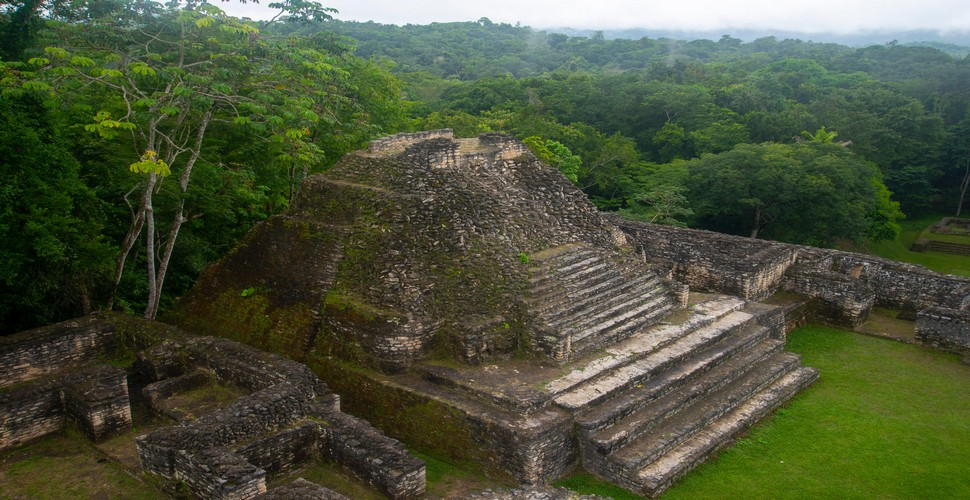
Caracol
Mountain Pine Ridge
Experience nature as before the world's industrialization, when plundering forests and paving the earth with concrete became the norm. Belize’s Mountain Pine Ridge is the jewel in Belize’s crown. Set aside as a national treasure by the government in 1944, Mountain Pine Ridge is a tribute to the nation’s commitment to keeping as much of Belize pristine and natural for as long as possible. Mountain Pine Ridge is the oldest and largest protected forested area in Belize, covering Belize; Mountain Pine Ridge covers 300 square miles. Visitors are surprised to find a sharp contrast to the tropical landscape; here, pine needles fill the landscape rather than palm fronds. This pine tree-dominated forest is more than just a vast wooded area; you can also find deep ravines, traverse dramatic granite expanses atop the Maya Mountains and observe meandering rivers, streams, waterfalls and pools amid the sweet fragrance of the evergreens.
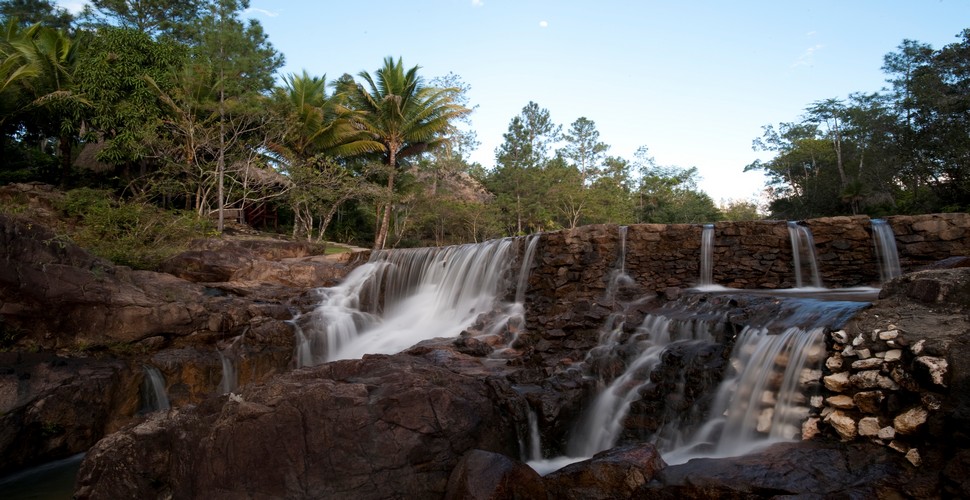
Mountain Pine Ridge
Actun Tunichil Muknal (ATM caves)
The ancient Maya left traces of their grand civilization throughout Belize, and the Mundo Maya, the ground we walk on, was once their main domain. They claimed the jungle as theirs, rivers as a source of life, and caves as a source of spiritual connection. Caves were essential to the ancient Maya; they considered them portals to the Gods. Entering a cave meant entering the residency of the Gods. One enters with a mission and must show reverence. Many caves have been found all over Belize with traces of human occupancy, and the Actun Tunichil Muknal Cave is no exception. Meaning “Cave of the Stone Sepulchre,” the Actun Tunichil Muknal Cave is a possible contender for Belize's most stunning natural attraction. Its vast network of underground chambers may be a treasure trove for archaeologists, but also it is a diverse ecosystem of bats, crabs, crayfish, and tropical fish.
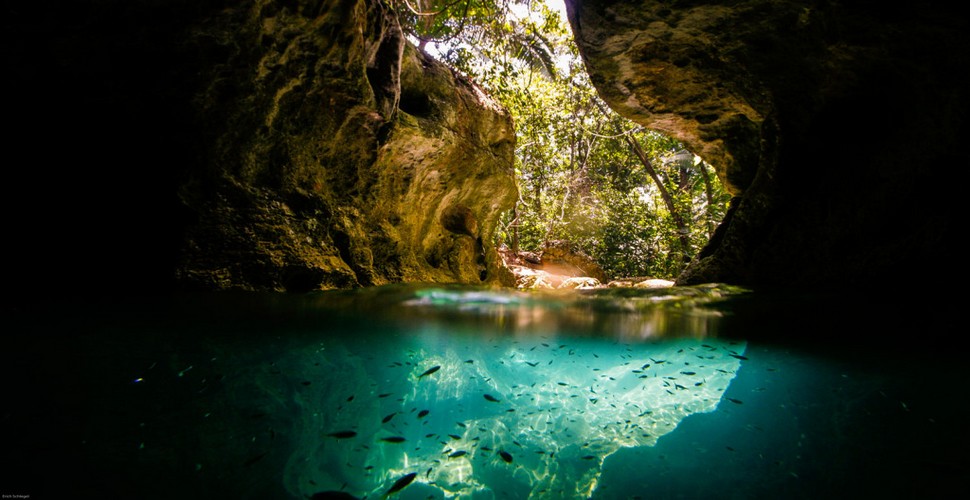
ATM Caves
Tikal
Tikal is probably the most famous ancient Maya city to explore in the world, now a UNESCO World Heritage center complete with enormous pyramids, grand plazas, and thousands of carved monuments, altars, and massive temples. Located in the northeast corner of Guatemala, it is more convenient and comfortable to find lodgings in San Ignacio Town and travel to Tikal on a day trip.
It was easy to see how the ancient Mayan site of Tikal, Guatemala earned the nickname ‘Jurassic Park.’ Lush jungle surroundings and the screams of howler monkeys in the distance are reminiscent of dinosaur roars, feeling like one could pop out of the dense vegetation surrounding us at any moment. Twigs snap underfoot as you head along the dusty trail, as exotic creatures like Yucatan spider monkeys, oscillated turkeys and bright-billed toucans rustled around in the leafy tree branches high above your head. Then everyone now and again, a giant temple appears amidst the jungle for mind-blowing views and a real sense of exploration.
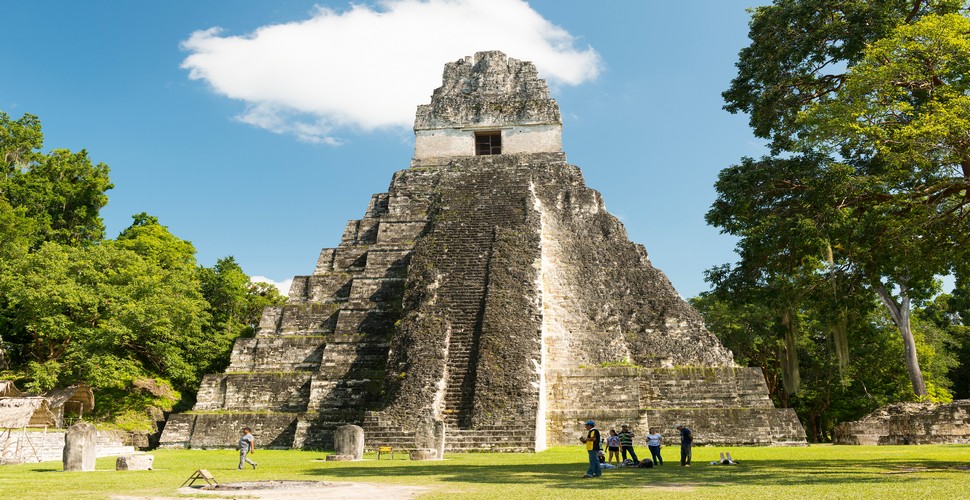
Tikal
Lamanai
The mystical temples of Lamanai are a must-do adventure while visiting Belize. Lamanai is today considered one of the most extended continuously occupied sites in Mesoamerica, located in the Orange Walk District along the New River Banks Lamanai is today considered one of the most extended continuously occupied sites in Mesoamerica. It was a significant trading area, close to Guatemala on the west, Mexico on Guatemala on the west, Guatemala on the west and Mexico to the north. Sail through a lush landscape of creeks and lagoons and a tropical forest rich with birdlife and orchids. Watch the stone pyramids of Lamanai emerge from the jungle as you approach. Visit the on-site museum to learn the site's history and observe ancient Maya artifacts. A 2.5 km hike finds the central cluster of ruins through the jungle. Highlights include the Jaguar Temple, the imposing Temple of the Masks and the carved mask of the Maya sun god Kinich Ahau. Learn all about the ceremonial functions of the pyramids and explore the ruins with your guide.
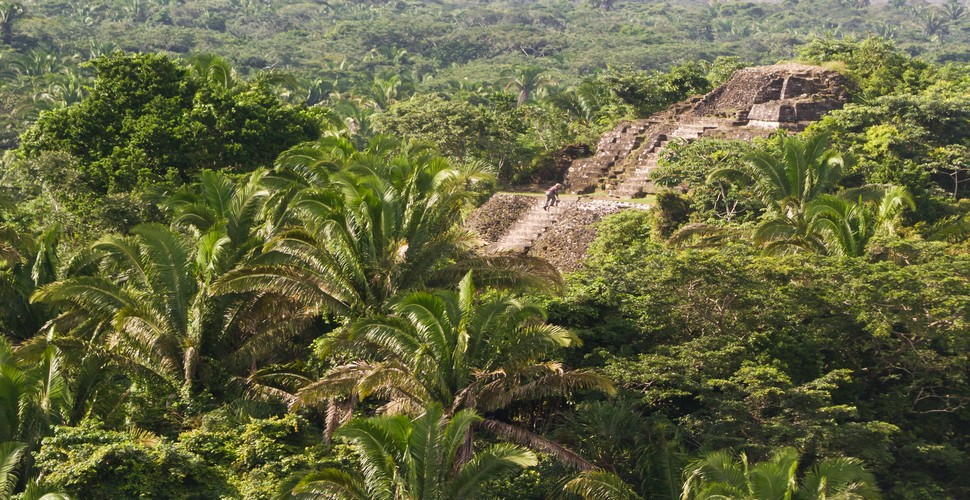
Lamanai
If this off-the-beaten-track Belize adventure sounds like your kind of exploration, contact us now to book this incredible tour.






